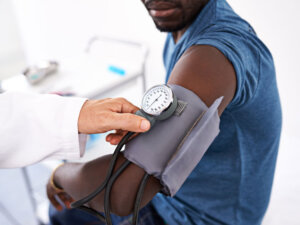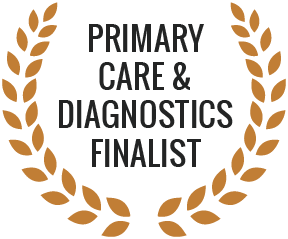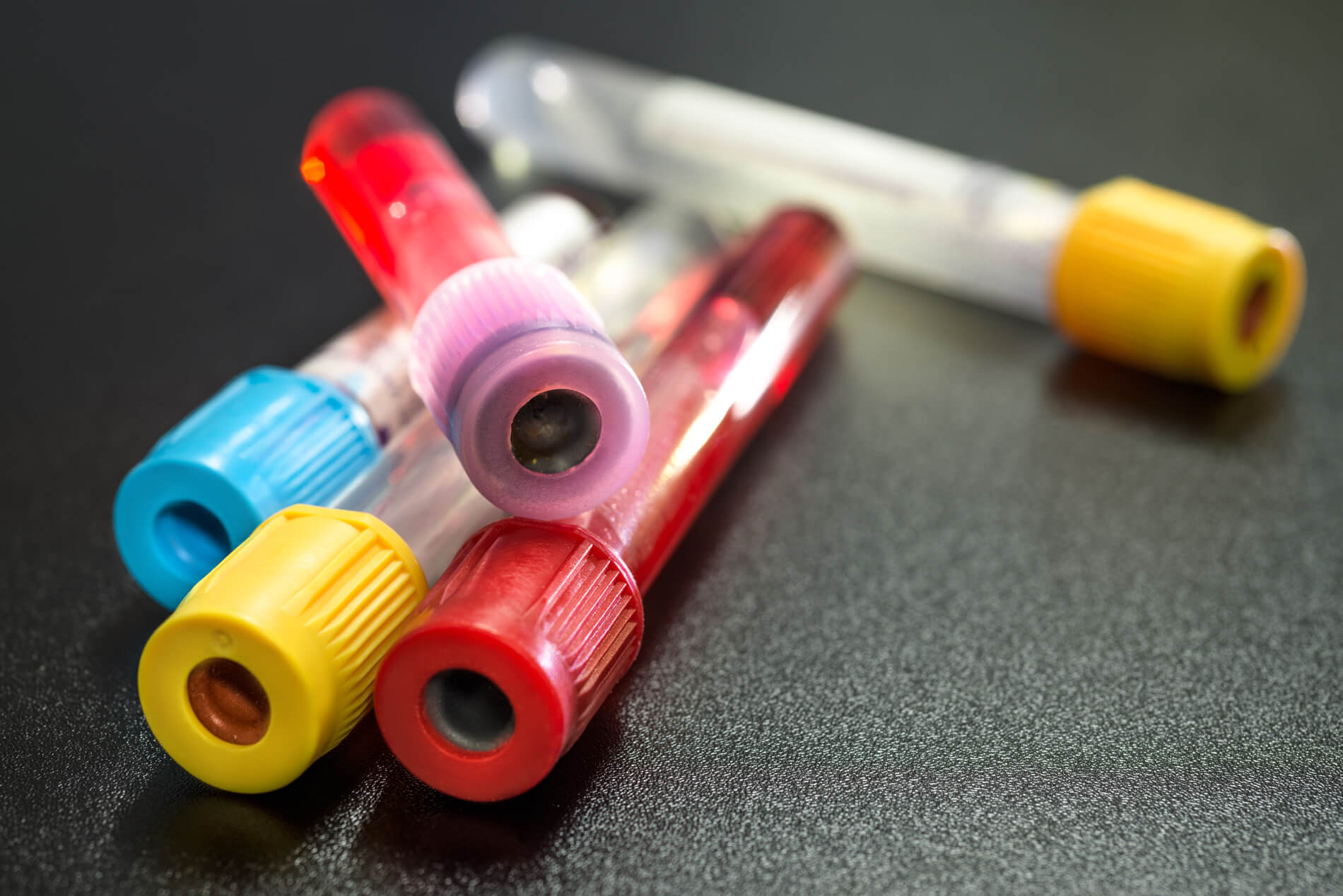Do you have pre-diabetes? Let’s make a plan
Let’s start at the beginning – what is Metabolic Syndrome?
Metabolic Syndrome describes a number of health issues that increases your risk of cardiovascular diseases such as heart attacks and strokes. The number of people in the UK with Metabolic Syndrome will surprise you – around one in four adults are estimated to have it.
Sometimes, these health issues are called “risk factors”, because they increase your risk of heart disease. Those risk factors include:
- High blood pressure
- Central obesity
- High levels of “bad” LDL cholesterol and triglycerides and low levels of “good” HDL.
- Insulin resistance or “pre-diabetes”
Insulin resistance
Insulin is a hormone with the primary function of controlling the amount of sugar in our blood. When a person has insulin resistance, the body does not respond well to the insulin produced, forcing our pancreas to make more to deal with the growing level of blood sugar.
Over time, this issue worsens, putting increasing pressure on the pancreas to make insulin until it is unable to provide enough insulin to cope with the blood sugar level. At this point, the levels of blood sugar remain high and a person develops type II diabetes.
Insulin resistance is also known as “pre-diabetes”, or the stage before a person develops type II diabetes. Insulin resistance can be diagnosed through insulin testing and the development of type II diabetes can be prevented in many cases through early intervention and lifestyle changes.
But first, what happens if we don’t intervene?
Unfortunately, undiagnosed and untreated type II diabetes can wreak havoc on our health. This is because high blood sugar levels cause the sugar left in our blood to damage our blood vessels, leading to issues with eyesight, nerve damage, kidney damage and an increased risk of heart attacks and strokes.
The good news is, type II diabetes can be reversed and it is easier to do so in the pre-diabetic stages.
What does the research say about the impact of lifestyle?
A great study conducted in 2018 looked at multiple outcomes of research relating to pre-diabetes, type II diabetes and lifestyle. They found that:
- Physical inactivity increases diabetes risk by 20%
- Every additional kilogram of weight gained translated into a 4.5% increase in diabetes risk
- A 5 kg weight loss explained a diabetes incidence reduction of 58%
- For every kg lost, a 16% reduction in diabetes risk was observed
- Physical activity of any intensity (including household chores, games, planned exercise and walking) resulted in a 20 – 30% reduction in diabetes risk among high-risk individuals
- One 30-minute brisk walk a day reduced diabetes risk in participants by 27% irrespective of BMI
What do we know about the impact of diet?
The answer to this is common sense – if we are concerned about reducing the stress on our pancreas and concerned about reducing the level of blood sugar, we should avoid eating foods with high sugar content or simple carbohydrates that are easily metabolised into sugar.
A keto or high protein diet, with significantly reduced simple carbohydrates and elimination of sugar from our diet, is the best way to manage our risk of type II diabetes nutritionally. This includes avoiding:
- Refined sugar – sweets, chocolates, cakes, biscuits
- Fruit sugar – opt for low glycaemic index fruits such as berries but avoid mangoes, grapes and bananas
- Bread, pasta, potatoes and white rice
There are so many great keto and low carbohydrate recipes and meal ideas out there and once you begin eating this way, you’ll never want to go back!
The importance of testing & monitoring
Unfortunately, type II diabetes often does not present symptoms until more serious. Routine testing, especially if you have any of the other listed risk factors or a family history of cardiovascular diseases or diabetes, is a vital part of taking control of your health. Testing available includes fasting glucose checks, insulin level tests and HbA1C tests, which are ultimately the most important measure as they give an idea of how you have been coping with your blood sugar levels over a longer period.
Treatment & medication
There are many options for supporting you with type II diabetes and pre-diabetes but they are most effective when these diseases are caught early. The most important first step is to face the issue, see a doctor, and make changes as soon as you can.
Summary
Type II diabetes is common and often preventable. How you eat and move has a fast and direct impact on your risk of developing type II diabetes and your ability to reverse and control this disease. Avoiding too many sugars and carbohydrates and walking briskly or moving with effort for 30 minutes a day is enough to support your health journey – this is supported by research and it is doable for us all. We are here if you need us for advice and testing.
Further reading:








Great
As someone who comes from a family with type 2 diabetes, I sometimes wonder if I am at a higher risk of developing it, or does this only apply to type 1? Also how often should one get tested for prediabetes?
What a great resource! It’s empowering to know that I have the ability to reduce my risk of Type II diabetes with lifestyle changes. I’m feeling motivated to make some positive changes in my life.